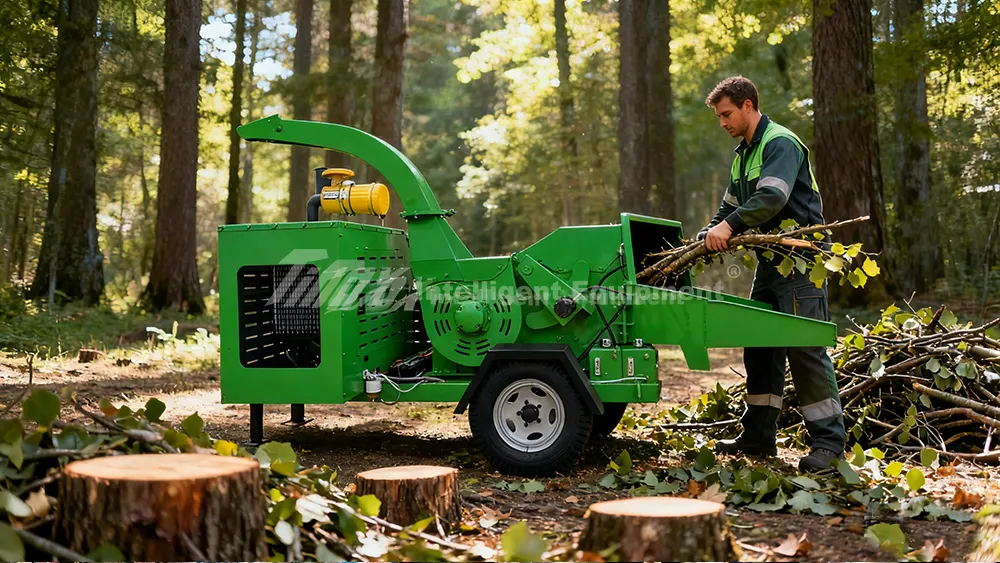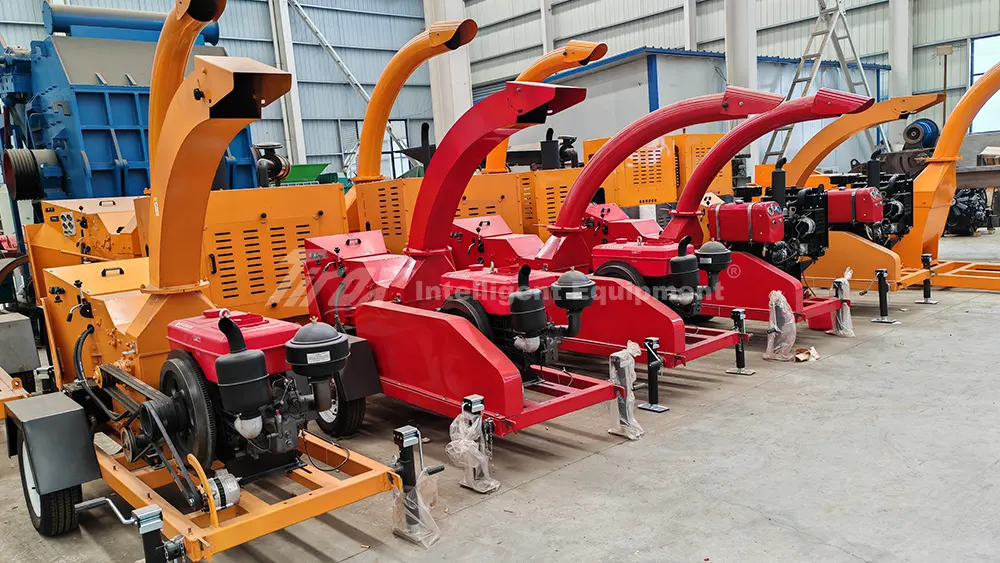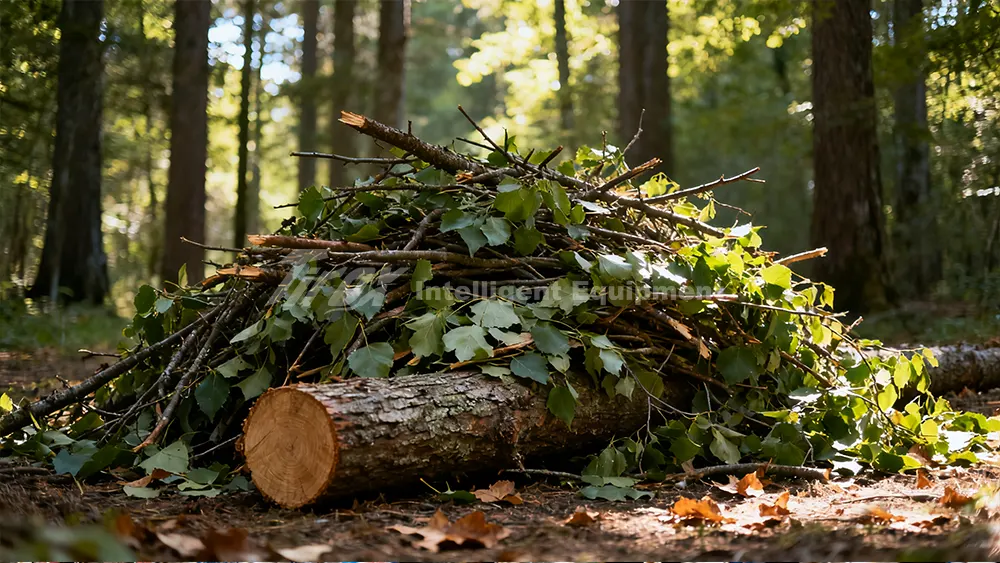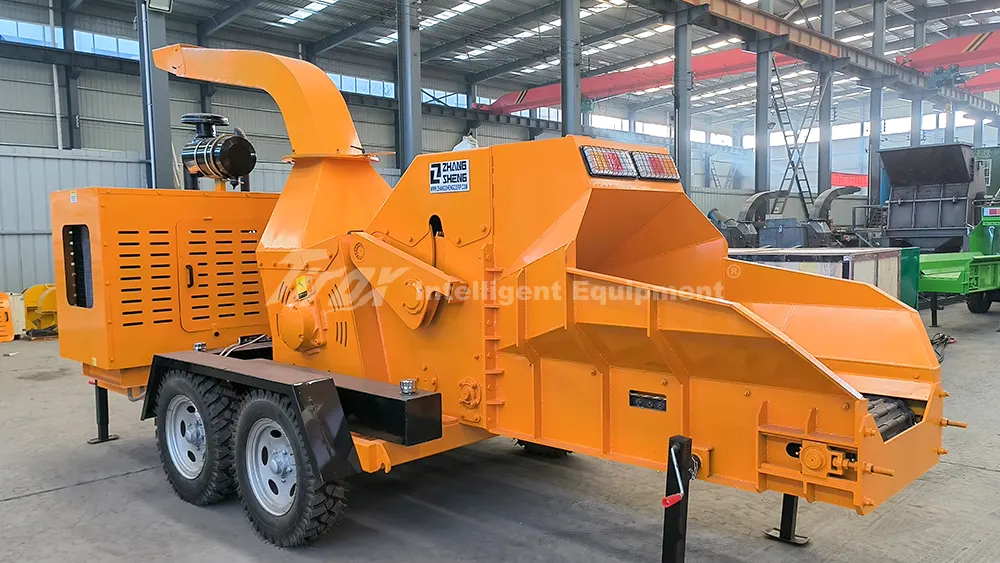How can industrial wood chippers significantly influence forestry and biomass operations? Let’s explore their pivotal role and what factors into their lifespan.
Understanding the typical lifespan of industrial wood chippers is vital for effective operational planning and maximizing return on investment. Lifespans vary widely, often ranging from 3 to 15 years based on usage intensity and maintenance.
Knowing the expected service life of your equipment is crucial for scheduling replacements and avoiding operational disruptions.
Understanding Typical Industrial Wood Chipper Lifespan?
What are the expected lifespans for different types of industrial wood chippers?

Industrial wood chippers are built to last, typically serving anywhere from 10 to 15 years with regular maintenance, depending on the model and usage conditions.
Factors such as daily operational hours and the type of material processed play a crucial role in determining their longevity. For instance, chipping green wood might be less abrasive compared to dry, hard wood or mixed debris, which can accelerate wear and tear.
Key Factors Influencing Chipper Lifespan?
What components and practices are most influential in extending the lifespan of industrial wood chippers?
Maintaining industrial wood chippers involves monitoring several critical factors: quality of components, usage frequency, regular maintenance, and operating environment.
High-quality materials and components such as robust engines and durable bearings ensure longer operational life. Conversely, frequent use in harsh conditions without adequate maintenance can significantly shorten a chipper’s lifespan. Proper training for operators also plays a vital role in preventing premature wear and tear.
Signs Your Industrial Chipper is Nearing End-of-Life?
How can you tell if your industrial wood chipper needs replacement?
Frequent breakdowns, decreased efficiency, and increased operational noise or vibrations are clear indicators that your industrial wood chipper might be reaching its end of life.

These signs often suggest that critical components are worn out and repair costs might soon outweigh the benefits of continued operation. It’s also essential to consider the availability of replacement parts, as older models might have limited support.
Strategic Planning for Chipper Replacement?
How should businesses approach the replacement of their industrial wood chippers to ensure continuity and cost-efficiency?
Strategic replacement planning involves calculating the total cost of ownership and comparing it against the potential costs of maintenance and unplanned downtimes. Deciding whether to repair or replace can significantly impact financial and operational strategies.
Forecasting future needs and budgeting for new equipment in advance can prevent operational disruptions and allow for smoother transitions to newer, more efficient models.
Conclusion
Understanding and managing the lifespan of industrial wood chippers is key to maximizing productivity and ROI in forestry and biomass operations.






